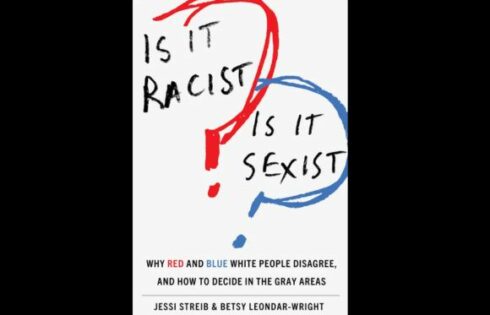
Infection rate ‘may be 80 times greater than originally reported’
America’s failure to widely test for the novel coronavirus before widespread lockdowns resulted in a gross undercount of infections – and thus gross overestimate of the danger of the virus, according to Pennsylvania State University research.
By looking at “outpatient surveillance data” for “influenza-like illness,” they found “a surge of non-influenza ILI above the seasonal average in March 2020” that “correlated with COVID-19 case counts across states,” says the abstract for the paper, published in Science Translational Medicine:
If 1/3 of patients infected with SARS-CoV-2 in the US sought care, this ILI surge would have corresponded to more than 8.7 million new SARS-CoV-2 infections across the US during the three-week period from March 8 to March 28, 2020.
That would mean the official case count for COVID-19 in the early days was 80 times lower than the actual infection count, and that the infection rate “doubled nearly twice as fast as originally believed,” the university says in a news release on the research.
“At first, I couldn’t believe our estimates were correct,” said Justin Silverman, assistant professor in the College of Information Sciences and Technology and Department of Medicine:
But we realized that deaths across the U.S. had been doubling every three days and that our estimate of the infection rate was consistent with three-day doubling since the first observed case was reported in Washington state on Jan. 15.
That would mean the threat of the virus was largely in “how quickly it was able to spread through communities initially,” rather than its “lethality,” he continued:
A lower fatality rate coupled with a higher prevalence of disease and rapid growth of regional epidemics provides an alternative explanation to the large number of deaths and overcrowding of hospitals we have seen in certain areas of the world.
The excess ILI the researchers observed peaked in mid-March, as “fewer patients with mild symptoms sought care and states implemented interventions which led to lower transmission rates,” according to the university release: “Nearly half of the states in the country were under stay-at-home orders by March 28.”
Read the release and academic paper.
MORE: Stanford epidemiologist finds low COVID fatality rate even in ‘hotbeds’
MORE: Stanford Med prof finds ‘major problems’ with COVID mortality estimates
IMAGE: Lightspring / Shutterstock.com
Like The College Fix on Facebook / Follow us on Twitter





Please join the conversation about our stories on Facebook, Twitter, Instagram, Reddit, MeWe, Rumble, Gab, Minds and Gettr.